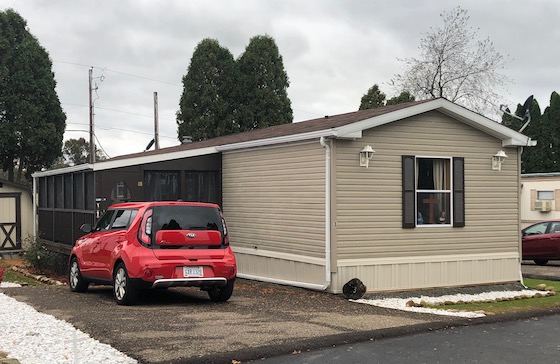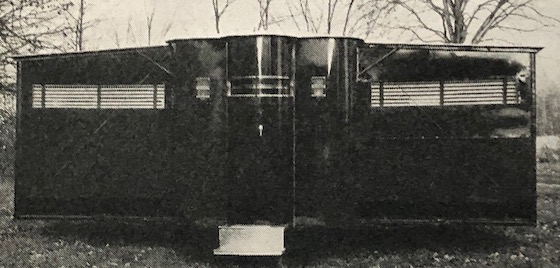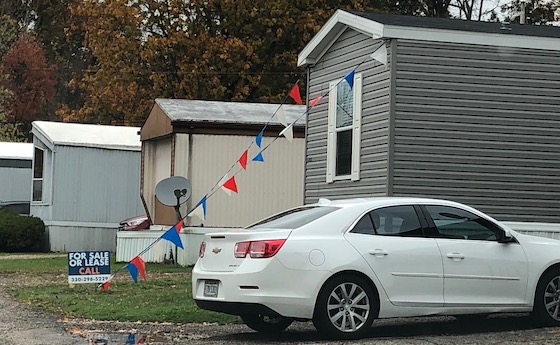Back in the 1990s, selling or renting a mobile home meant hoping your yellow page ad would make the phone ring. There was no Google, no iPhone, and if you wanted a picture it meant a drive down to 1-hour photo. You asked the manager “did anyone call” and no matter what they said you had no evidence whether or not it was true. But today, all that hope, desperation, and wonder has been replaced with good old-fashioned science. So how do you scientifically sell or rent a home today?
Confirm that all ads are running correctly
Most successful mobile home campaigns revolve around 1) newspaper classifieds section 2) Craigslist 3) social media such as Facebook Group and 4) Google search engine utilization. The good news is that all of these can be easily monitored at any time from your laptop. So never take your manager’s word as the gospel truth – instead remember the words of the late President Ronald Reagan who often said “trust but verify”.
Track exactly how many calls your community is getting
If you will simply port your park’s phone number through Who’s Calling or a similar service, it will log in every number that calls in and you can then monitor the total call volume each week, as well as how many times the manager missed the calls. It will give you complete visibility of demand again from the convenience of your laptop.
Know exactly what your manager is telling customers
If you use a call service like Who’s Calling it will record all incoming calls. That allows you to listen to these whenever is convenient for you and to then know exactly what your manager tells customers. You can quickly get a basic idea on their friendly greeting, sales pitch, ability to answer questions, sales ability, and even how many calls they miss. And since your manager knows they are being recorded, it makes them strive to do a better job.
Track how many showings your community is having
All community managers should fill out a “guest card” for every showing (or even better, for every call they receive). They should track how many showings they do each day and then add them up and give the total to you at the end of the week. You’ll need that number to do the calculation coming up shortly.
Confirm what your manager is doing at these showings
While there’s no service that allows you watch your managers performance at showings, there is still a way to find out how they’re doing. You can simply take the in-coming numbers from Who’s Calling and then “exit interview” those customers to see what happened and why they didn’t buy or rent the home. If you hear “the manager never showed up at the time we agreed” or “the manager told me that you won’t make repairs like you’re supposed to” you now have a good handle on what’s really happening in the park and can take the appropriate action.
See how many applications are coming in
The proof is in the pudding – how many applications to buy or rent are you seeing come in? A good salesman knows that nothing matters except the closing of the sale. No matter how good the nuts and bolts of sales and rentals that you perform on the front end, the absence of a “closer” renders all other efforts pointless.
Watch how many of these are approved
This one is not a sign of your manager’s success or failure, but simply a great way to gather data on your potential customers and the necessary price or terms changes to increase the closing ratio. For example, if you process 10 applications and all 10 are denied because of insufficient credit scores, then you may need to shift from new homes with tougher standards and fall back to used homes and/or more rentals. Smart park owners are always following along with the narrative of customer demand and qualifications and watching for opportunities to import homes to fill vacant lots that are the solution to the affordable housing needs of the surrounding community, and not simply provide more housing that is unaffordable or unattainable given financial realities.
Follow the 9/3/1 formula to find your faults
Here’s the most important part of the scientific focus on sales and rentals: comparing results to the standard metric of 3 calls = 1 showing and 3 showings = 1 sale or rental. We – and most other park owners – have found this rule to be extremely accurate in most communities. What is all means is that you should close on one sale or rental for every 9 calls that come in. If you are not getting at least 9 calls per week, then your advertising is not good. If you are getting at least 9 calls but failing to get 3 showings, then your manager is not doing a good job on the phone and you need to listen to all those calls to determine the problem (remember that the only goal of answering the phone is to set up a showing). And if the manager is giving 3 showings but failing to make one sale or rental, then you need to exit interview the customers to see what the problem is. And if the problem – based on application results – is not the manager but the market itself combined with customer demographics, then you should change the price or terms to solve the problem.
Conclusion
It is indeed possible to scientifically control your sales process today, thanks to technology and more test results provided by mobile home park owners who are aggressively trying to fill their vacant lots with new and used homes to sell or rent. Apply this science to your property and you will find your success ratio will go up exponentially.










